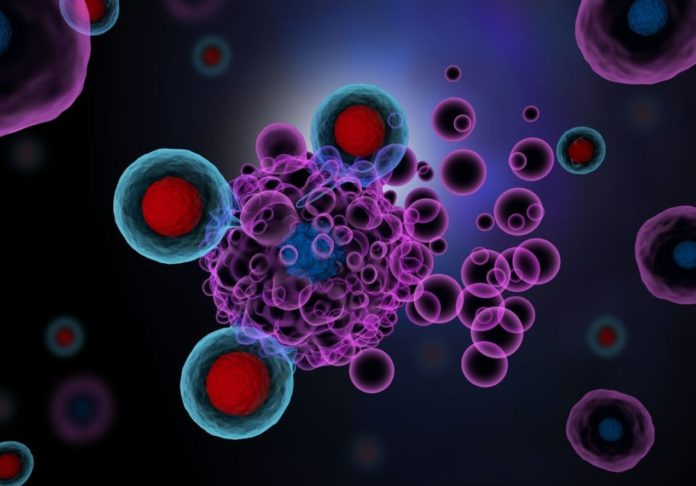A new study sheds light on how the immune system responds to pathogens such as viruses, bacteria, and cancers.
Researchers from Monash University have gained new insight into how T cells recognize infections and disease, revealing how this often-overlooked T cell lineage becomes activated when confronted with pathogens such as viruses, bacteria, and malignancies.
T cells interact with other cells in the body to detect infections or diseases. This interaction is enabled by specialized receptors known as T cell receptors, which recognize foreign molecular fragments from an infection or malignancy and expose them for detection by specific molecules known as major histocompatibility complex (MHC) or MHC-like.
Scientists from Monash Biomedicine Discovery Institute have advanced their understanding of how a poorly characterized class of gamma delta T cells recognize an MHC-like protein known as MR1 in this work. MR1 is a protein sensor that detects cellular products produced by infections or sickness and presents them to T cells, alerting the immune system.
These gamma delta T cells serve an unstudied role in particular tissues throughout the body, including the digestive system, and maybe a factor in disorders that affect these organs.
The results of the study are published today in the Proceedings of the National Academy of Sciences.
Dr Benjamin S. Gully and Dr Martin Davey from the Monash Biomedicine Discovery Institute co-led the study, with first author Mr Michael Rice from the Monash Biomedicine Discovery Institute.
Mr Rice, a PhD student in the Rossjohn group, believes that the more we understand about how such cells recognize, interact with, and even destroy infected, sick, or malignant cells, the better equipped we will be to develop therapies and treatments for a variety of illnesses.
“Gamma delta T cells are key players in the immune response to infected and cancerous cells, yet we know very little about how they mediate these important functions,” says Mr Rice.
The scientists were able to obtain a comprehensive 3D atomic model of how the gamma delta T cell receptor recognizes MR1 by employing a high-intensity X-ray beam at the Australian Synchrotron. The peculiar methods in which these cells interact with MR1 appear to make them apart from others. This study recasts our concept of how T cell receptors interact with specialized MHC-like molecules, and it marks a significant advancement in our understanding of T cell biology.
Mr Rice adds: “By using high-resolution protein imaging and biochemical assays, we were able to identify key mechanisms that govern gamma delta T cell receptor recognition of MR1, a key sensor of bacterial infection.”
Co-lead author Dr Gully says: “These cells have evaded characterisation for a long time, leading to many assumptions on how they become activated. Here we have shown that these gamma delta T cells can recognise MHC-like molecules in their own unique ways and in ways we could not have predicted.
“These results will now inform our attempts to understand the roles of these gamma delta T cells within the tissues in which they are found, and in deciphering their roles within disease.”
Dr Davey further adds: “These are important T cells that form a major component of the immune system within human tissues such as the lungs and gastrointestinal tract. With a greater understanding of how our immune system operates within these tissues, we can reveal crucial insight into disease.
“A better understanding of these tissue-specific T cells could reveal their power as a new line of immunotherapies for infection and cancer immunotherapy.”
Image Credit: iStock
You were reading: This Is How T Cells Detect and Respond to Infections and Diseases
